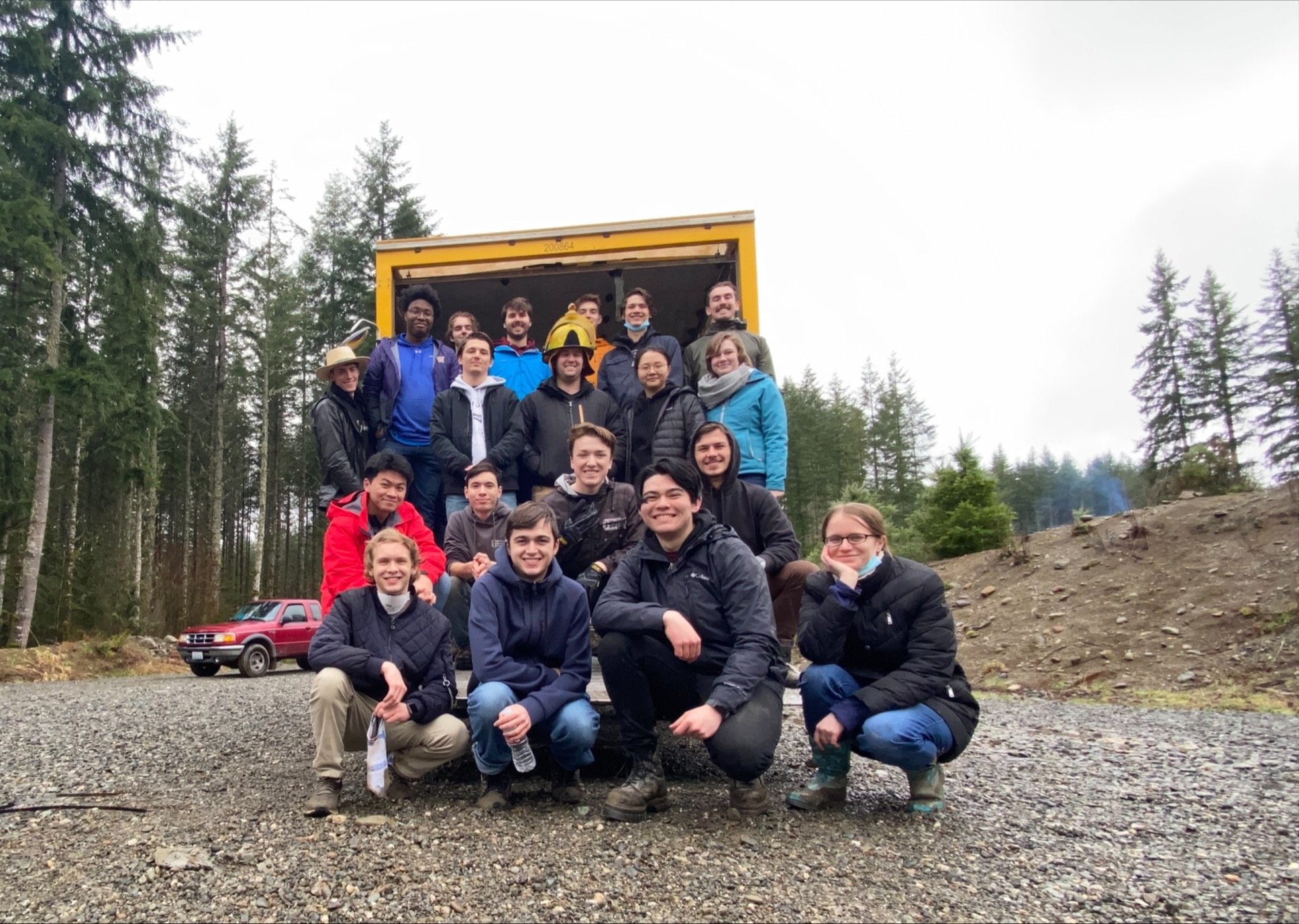
Rocket Engine Testing
Liquid Engine Testing | 110+ Test Stand Hours |












Perseverance.
Testing liquid rocket engines is a difficult feat. Testing liquid rocket engines in the pouring rain is, unsurprisingly, a much more difficult task. The first time I attended a static fire attempt of my university rocketry team’s nitrous-ethanol engine, a torrent of rain had turned the floor of our test site into a thick slurry of mud. Multiple car tires became lodged in the mud while we unloaded our gear, a generator unknowingly submerged itself in the sludge, and our data acquisition systems and flight controllers had to be stored in garbage bags to avoid short circuiting. To add insult to injury, every inch of clothing I was wearing was either dripping wet or covered in mud, and my fingers began to sting from the frigid temperatures. To put it simply, I was miserable. Nonetheless, I was determined to do everything that I could to get that engine to fire. I soldiered on for the next 10 hours, checking for leaks, tightening fittings, and working diligently with each of my team members to solve every problem as they popped up. I pushed myself through dotting every “i” and crossing every “t” off of our very soggy pre-fire checklist. In the process, the misery of the rain and mud had faded away. My desire for a successful test far outshone the dreary weather. Since then, practically every engine test has been in the rain, but I still can’t get enough time on the test stand. No matter how troublesome the conditions may be, I will ferociously push on, step by step, until I achieve my goals of lowering the barrier of entry to space.


